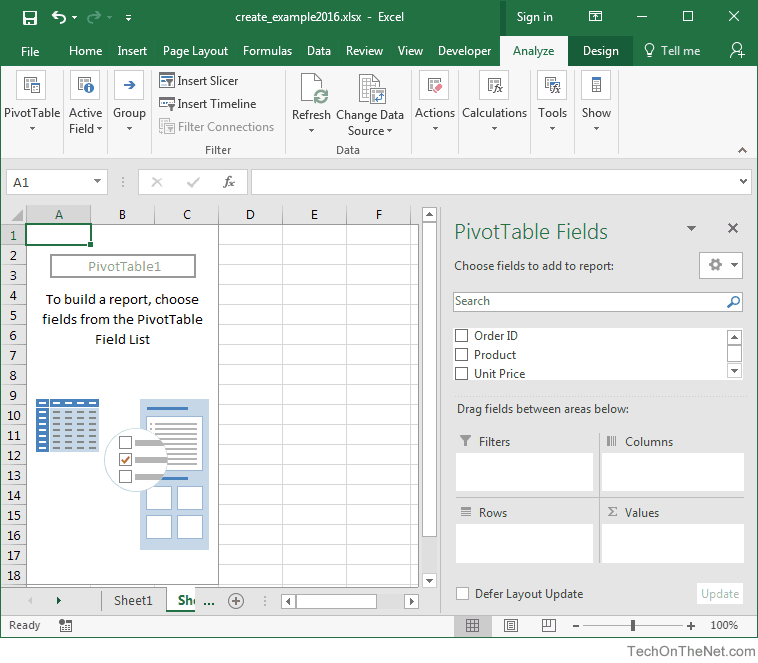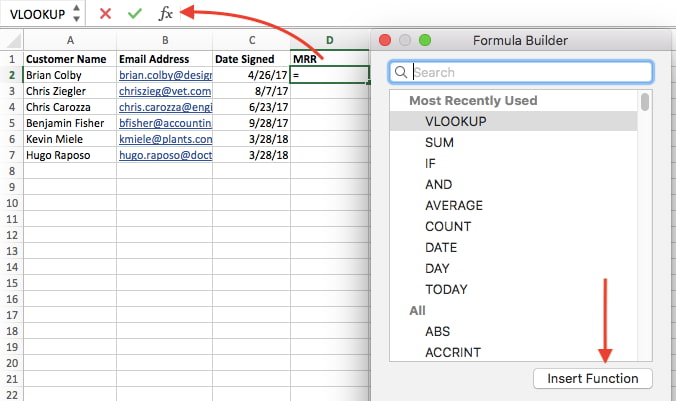Discussed below is how to control when a formula calculates.

The calculation mode of a workbook controls whether its formulas calculate automatically or manually when cell values are changed.
Calculations Set to Manual; Excel is treating Formula as Text. So let us go ahead and take a look at how to fix the problem of Formulas not updating in Excel. Disable Show Formulas. The “Show Formulas” feature in Microsoft Excel allows you to see all the Formulas used in a Worksheet, so that you can review and correct them as required. To use AutoSum in Excel, go to the Editing group under the Home tab on the Ribbon. As you can see, you can use this tool to calculate the SUM, AVERAGE, COUNT, MAX, or MIN. SUM is the sum of the values. AVERAGE is the average of all the values in the cells. COUNT counts the number of cells that contain numbers. MAX is the largest value. Excel calculates wrong. Yes, in some cases, Excel will return wrong results. You don’t believe me? Then type the following formula into an empty Excel cell: =1.(0.5-0.4-0.1). The result should be 0. But what does Excel show? This is just a simple example, but when it comes to larger Excel models it can be quite annoying.
How to Turn Off/On Microsoft Excel's Calculation Mode
Microsoft Excel has the capability for a user to control its workbook calculation mode. A user will set this mode to manual disabling all calculations when a workbook takes a long time to calculate when new values are entered. Generally this time lag occurs when you have thousands of complex formulas in a workbook. To set the calculation mode to manual, proceed to the Ribbon, select the Formulas tab and then find the Calculation grouping on the tab. Click on the Calculation Options button and select you guessed it Manual. This process is pictured to the below.

Once manual is engaged, Excel will only recalculate when you tell it to. You can recalculate by pressing the F9 key or you can click the Calculate button in the status bar at the bottom left-hand corner of the Excel screen. Note that Shift+F9 can be pressed to only calculate the sheet that you are on. By the way, looking for this button when a workbook first opens or is being used is a great way to know instantly if the calculation mode has been set to manual. Note that if the workbook has a circular reference, bad idea, then this button will also be present. Also if you set the mode to manual and you save your workbook, that setting will be stored with the workbook so when the file is reopened, it will reengage. Be careful because many Excel users are not used to seeing the calculation mode disabled and freak out when first encountering it. To turn it back on, select Automatic from the Calculation Options button.

Iterative calculations can help find the solution to mathematical problems by running calculations over and over using previous results. This is made possible by computers that can run calculations repeatedly to find the likelihood of possible answers by getting closer to the results from different angles.
In Excel, you can reference a cell that contains a formula and use its result in an identical formula in a different cell. For this, you would need to copy the formula and references as many times as you want to repeat the process. This can work if your model is relatively simple, but doing so in more complicated workbooks might prove much more challenging, if not downright impossible to do.
An alternative and better approach is to use the Excel iterative calculation feature. You can create a formula that refers to the cell containing the formula. The formula can use the result of the previous calculations, thus automatically calculating the same thing over multiple iterations.

As easy as it sounds, there are a few things you need to consider. First of all, the number of iterations should be limited. Even though a higher iteration count usually means more accurate results, this also means longer calculations times – and sometimes crashes. Another thing to note is that when iterative calculations are disabled, Excel will show a warning as circular references are usually considered user errors unless you know what you’re doing.
To learn more about circular references please see: How to Handle Circular References in Excel
To activate and use circular references, you must first activate them by checking Enable iterative calculations option under the File menu.
Go to File > Options > Formulas > Calculation options section in Excel 2016, Excel 2013and Excel 2010.
In Excel 2007, go to Office button > Excel options > Formulas > Iteration area.
In Excel 2003 and earlier, go to Menu > Tools > Options > Calculation.
Enabling iterative calculations will bring up two additional inputs in the same menu:
- Maximum Iterations determines how many times Excel is to recalculate the workbook,
- Maximum Change determines the maximum difference between values of iterative formulas. Note that entering a smaller number here means more accurate results.
Iterative calculations stop when one of the conditions defined (iterations count or change value) are matched. For example, let’s assume that Maximum Iterations is set to 100 and Maximum Change to 0.001. This means that Excel will stop calculating either after 100 calculations, or when there’s less than 0.001 difference between the results.
Calculating Future Value of an Investment
Let’s assume that we have $10,000 and want to invest this money in a cash deposit (CD) account. We’re going to assume a monthly interest rate of 1.25%. You can download the sample workbook for this use case . To calculate the total value at the end of the 21st month, we’re going to calculate the principal for each month, and add the interest to the previous month.
Excel 2016 Mac Manual Calculations Manual
Begin by entering the starting cash, interest, and the total value function like below.
=value * ( 1 + interest rate)

Then, select the cell with the initial cash value and add the reference of the total value function.
This will give a circular reference warning if iterative calculations are not enabled. If you haven’t done so already, enable this option and set the Maximum Iterations to 20 to find the interest for the 21st month. See the previous section Enabling Iterative Calculations to enable this feature.
Automatic Timestamp
Circular references can also be used to add time stamps into cells. You can download the sample workbook for this use case . Let’s assume we want to add time stamps to the orders entered in the table below.
We can use circular references to add a time stamp when a new order information is entered. To do this, begin by adding a new column into the table where you’d like to print the timestamps. Type in the formula,
=IF(A2<>””,IF(I2<>””,I2,NOW()),””)
This formula will check whether there’s data in Order Number (cell A2). If it’s not blank and the timestamp cell is empty, the formula will return the NOW() function.
Excel 2016 Mac Manual Calculations Software
Note that pressing the Enter key will give a circular reference warning if iterative calculations are not enabled. See the previous section Enabling Iterative Calculations to enable this feature. This time Maximum Iterations or Maximum Change numbers don’t mean much, because we only need a single iteration, so you can leave these two inputs in their default values.
Excel 2016 Mac Manual Calculations Download
Now, every time we enter a new order and create a new row, a timestamp will be automatically printed on the Timestamp column.
